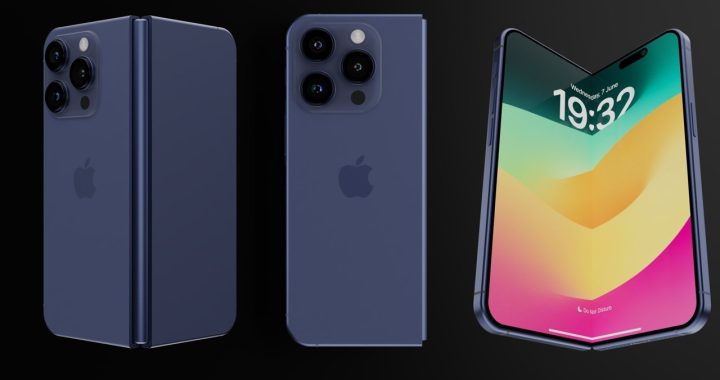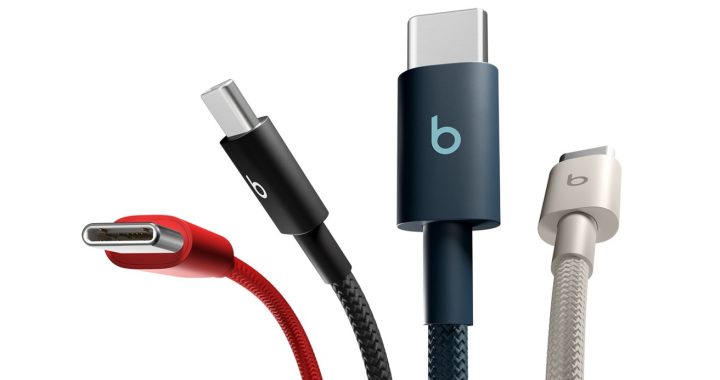ASUS ZenFone 4 Selfie review: The selfie of choice | News and Reviews
ASUS is now a staple in the smartphone market. With their incursion to the smartphone market back in 2014 with the ZenFone 4, 5, and 6, the brand is now on their 4th iteration of their ZenFone series. They have since left their entry-level roots and are now currently battling the mid-range and high-end battle. In this review, we’ll be taking a look at one of their more modest offerings in the mid-range market, the ASUS ZenFone 4 Selfie.
ASUS ZenFone 4 Selfie
| Chipset | Qualcomm Snapdragon 430 SoC |
| Display | 5.5-inch 720p, IPS |
| RAM | 4GB |
| OS | Android 7.1.1 Nougat with ZenUI |
| Rear Camera | 16MP, LED Flash |
| Front Camera | 20MP + 8MP |
| Storage | 64GB expandable up to 128GB via microSD slot |
| Connectivity | Dual-SIM, 4G LTE, LTE-A, Wi-Fi, Bluetooth |
| Battery | 3000mAh |
| Others | GPS, A-GPS, GLONASS |
| Price | PhP 13,995 |
Unboxing and Overview
Design and Features
The ZenFone 4 Selfie carries over the design choices ASUS made with the ZenFone 3 Laser and ZenFone 3 Max, albeit with some improvements here and there. It feels light and sturdy, and the screen has been made more premium with its 2.5D glass. The only caveat of the screen, however, is its resolution. At 1280 x 720, the 5.5-inch display’s experience is ruined a bit upon closer inspection. Despite that, you won’t really see the low pixel count at a reasonable viewing distance.
The ZenFone 4 Selfie’s screen also does well under direct sunlight. You won’t be able to scrutinize the finer details of your photos, but you’ll see your photos nonetheless.
Up top are the handset’s speakers, the front-facing flash, and the stars of the show, the dual front facing cameras. The cameras are composed of a 20MP sensor as the main camera, while it’s supplemented by an 8MP secondary. We’ll talk about the cameras later.
Located at the bottom of the screen are its navigation buttons. ASUS has shied away from placing the fingerprint scanner at the rear of the handset and have now integrated it to the home button. Despite its “more ergonomic” positioning, I found that the fingerprint scanner didn’t read my thumb as accurately compared to the rear-mounted fingerprint scanner of the ZenFone 3. If you have a smaller thumb than mine, you might not come across this issue.
USB Type-C is becoming more common in the devices as time goes on. Disappointingly, ASUS has stuck with a more traditional microUSB connection with the ZenFone 4 Selfie. It seems that most mid- to entry-level smartphones are going to be stuck with this connector for a couple of years still. Accompanying the microUSB port are two grilles for the smartphone’s bottom-firing speaker and microphone.
As far as storage and SIM card capabilities go, the ZenFone 4 Selfie comes with a triple-slot tray so you can have two nano-SIM cards at once and a microSD card of up to 128GB.
The rear of the Selfie is built with matte plastic that doesn’t pick up much fingerprint marks. The 16MP rear camera is eerily similar to the design of the ZenFone 3. It is accompanied by an LED flash for better low-light photos.
User Interface
The ASUS ZenFone 4 Selfie comes with Android 7.1.1 out of the box and is expected to have an Android O update in the near future. Its UI, the ZenUI 4.0, is one of the highlights when the ZenFone 4 series was first announced in Taiwan. Almost all bloatware have been removed and it only keeps the bare essentials that a user would need. As far as overall design goes, it uses more minimalistic icons for a simplistic experience. The latest iteration of the ZenUI also feels faster than its predecessor and use less resources.
Entertainment
The ZenFone 4 Selfie’s 5.5-inch, 720p display boasts 267ppi which isn’t impressive to say the least but it does the job done. If you’ve experienced a 1080p display on a smartphone, 720p screens lose a lot of sharpness especially if you’re viewing the smartphone several inches from your face.
It’s still decent on regular use, of course. The viewing angles are great due to its IPS panel but the colors are a bit dull, but it’s something you’d notice if you carefully inspect the colors the display.
As far as the speakers goes, their okay to use if you’re just casually watching movies or a series. But for music lovers, you might get disappointed with the audio performance of the Selfie as it lacks bass.
Camera
The dual front cameras are the main attraction of the ASUS ZenFone 4 Selfie. The 20MP + 8MP dual camera setup is supported by ASUS’ new PixelMaster 4.0. ASUS’ new PixelMaster works the same as its predecessor, albeit with some improvements here and there. GIF Animation, Time Lapse, Panorama, Super Resolution, Pro Mode, filters are staple features in the brand’s camera app. The beauty option allows you to remove marks on your face for a smoother looking skin as well as blur the background for a bokeh effect.
The 20MP camera takes decent shots on its own. But its field of view is a bit limited especially for groufies. This is remedied by the 8MP camera’s 120° FoV so you can squeeze in more detail in a frame.
As far as selfie quality goes the 20MP main camera does a decent job indoors, outdoors, and even low-light scenes. The 8MP secondary front camera might have a wider FoV and is perfect for groufies but it does lose a bit of sharpness when seen the photos are seen up close.
The 16MP rear camera delivers photos with good detail but the colors are a bit on the muted side. The FoV is also narrow. This is especially noticeable if you’ve used a wide-angle rear camera before. I guess the ZenFone 4 Selfie is called the “Selfie” for a reason.
Complementing the PixelMaster 4.0 is the SelfieMaster app. Here you can do Facebook live or videos with live beautification. The PhotoCollage app has been integrated as well for easier editing of photos.
Performance
The ASUS ZenFone 4 Selfie comes with a Qualcomm Snapdragon SoC. It’s a bit disappointing that ASUS Is equipping a mid-range smartphone with an entry-level SoC. Don’t get us wrong. It still performs decently on most applications and games, but we think that ASUS could have armed the Selfie with a much beefier SoC.
Overall performance is decent. The Selfie was able to get an overall score of 44136 in AnTuTu and 3746 PCMark. Multi-tasking with the handset isn’t a problem with its 4GB of RAM.
For storage, the ASUS handset has built-in 64GB of storage. 12GB of which is reserved for the system, leaving users around 51GB of storage to play around with. For the casual user, this is already a lot. But if you have a tendency to horde files and photos in your smartphone, it can be expanded up to 128GB via the microSD slot for a total of 179GB of useable storage.
Connectivity
The ASUS ZenFone 4 Selfie uses a triple slot tray, which allows the user to have two nano-SIM cards along with a microSD card. This is a welcome change to the more traditional two slot tray of the ZenFone 3. Of course, it supports 3G, 4G LTE, Wi-Fi, Bluetooth, GPS, A-GPS, and GLONASS. All the basics have been covered by ASUS. Based on our experience, call quality was good without any dropped calls or any audio distortions while speaking on the smartphone.
Battery Life
The Selfie’s juice is supplied by a 3000mAh battery. In PCMark Wark 2.0 tests, the handset was able to last more than 9 hours in a single charge. Realistically, you can squeeze out a day’s worth of usage with the battery. Charging is a bit of a long wait though since the Selfie does not support fast charging.
Conclusion
With a price tag of PhP 13,995, the ASUS ZenFone 4 Selfie does what it advertises to do; better selfies and better groufies. The 20MP camera at the front takes awesome selfies even in low-light conditions and the 8MP 120° FoV does a decent job of squeezing more subjects into one photo although it does sacrifice the finer details found in a photo.
Performance isn’t amazing but it does the job. We have to commend ASUS’ bravery sticking to the aging Snapdragon 430. Don’t get us wrong, it’s a passable SoC for daily use, but ASUS could have equipped the Selfie with a better SoC for improved performance. But we think the reason that ASUS didn’t is because they didn’t want the Selfie to cannibalize the selfie market with its bigger brother, the Selfie Pro.
Despite its dated SoC, 720p screen, and long charging time, the ASUS ZenFone 4 Selfie delivers great selfies and good groufies. Thus, we’re giving it our recommended award for its front camera performance and overall decent performance.
 Bionic Bay, a hand-made pixel-art platformer that releases on PS5 on April 17, is being made.
Bionic Bay, a hand-made pixel-art platformer that releases on PS5 on April 17, is being made.  Palia, a comfortable trip, debuts May 13 on PS5.
Palia, a comfortable trip, debuts May 13 on PS5.  Ninja Gaiden: Ragebound introduces a minute functional character.
Ninja Gaiden: Ragebound introduces a minute functional character.  Samsung Display is selected by Apple to provide the phone Fold OLED windows.
Samsung Display is selected by Apple to provide the phone Fold OLED windows.  Apple’s connection supplement line includes more color with Beats Cables.
Apple’s connection supplement line includes more color with Beats Cables.  Price battle:$ 1, 799 for the Apple M4 MacBook Pro with 24GB of RAM and a 1TB SSD.
Price battle:$ 1, 799 for the Apple M4 MacBook Pro with 24GB of RAM and a 1TB SSD.